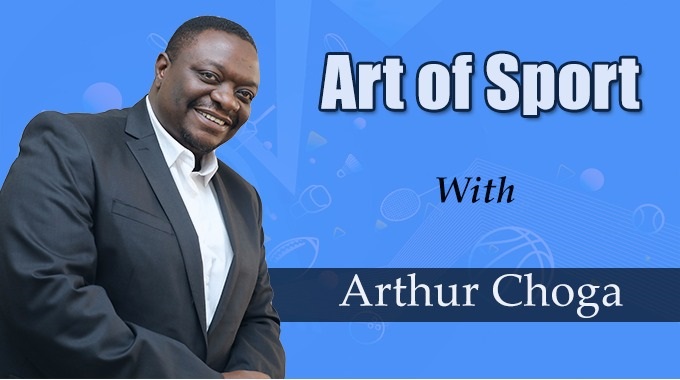
The Sunday Mail

Arthur Choga
IN the years I spent in sports management, I have learnt that there are two main things that can affect a player.
One is a loss of form and the other is injury.
While a player can try and fumble their way through a phase of poor form, especially if they have the support of teammates, as well as technical and administrative teams, injuries are a completely different proposition.
Injuries are an athlete’s worst nightmare.
Medically, they present a significant challenge to restore the injured athlete to peak condition.
There is an abundance of documentation that spells out the mental impact of a serious injury on a sportsperson.
The process of healing can be long-drawn-out and stressful.
For a peak performer, who is accustomed to showing their prowess before fans each week, the prospect of spending weeks, or months, unable to exercise their craft has been shown — through various studies across the globe — to have a negative effect on the wellbeing of sportspersons.
Sports injuries must be treated quickly and correctly, as with each passing moment, the chances of a full recovery diminish, and the potential to play again recedes.
Zimbabwe’s capacity to manage sporting injuries, especially resulting from contact sports, differs depending on who you speak to.
Some medical practitioners will tell you that there is sufficient capacity to treat the injuries, but the cost involved means that clubs and individuals will go for cheaper alternatives that can save life and limb but will not be sufficient to revive an athlete’s career at peak level.
It goes beyond the availability of the right tools and facilities.
It is also a function of not having the adequate numbers of specialised personnel to undertake the tasks of treating the injuries with the understanding and delicacy to give the injured player an opportunity to play again.
However, the greater problem has been a lack of clear medical support from clubs and sporting organisations.
Many institutions surveyed did not have clear medical insurance policies or protocols for managing serious injuries.
While the Premier Soccer League and other sporting leagues have provision for the presence of an ambulance at sporting events, and the requirement for all clubs to have qualified medical personnel at pitch side, the procedure for what happens once a player is taken to hospital falls to the club.
I have heard horror stories from players who got injured on the field of play.
In some cases, surgery is delayed.
In other cases, once the surgery is done, it is an uphill battle for the athlete to get the required post-surgery support.
They get the run-around, as they are asked to go and see the treasurer, or the chairperson, or the club secretary, which is tragic.
I know there will be some former athletes reading this and recalling the times the club treasurer would not pick up their phone because they knew what the call was about.
In the end, due to inadequate care and support, some careers ended when they could have continued.
Injuries are the major cause of early career termination.
In more developed sporting environments, a player’s contract determines how long their club is obliged to pay the player’s salary after they suffer serious injury, or if their career is ended by an injury.
This timeframe is governed by the contract and/or national legislation, if that is available.
Clubs have been known to terminate contracts once it is clear that a player can no longer play for them, and, in some cases, the contract may contain a clause that supports this.
My interest was piqued by an agreement signed between the Zimbabwe Olympic Committee (ZOC) and a local insurer to provide cover for athletes travelling to the Olympics in France this July.
I believe it is important for clubs and associations to ensure there is a level of coverage for players.
Given the suddenness of injury, and the potentially catastrophic outcomes it carries, this matter needs to be discussed and acted on quickly.
This cover can come in many forms.
It may include a disability fund in the event that player is unable to continue playing.
It should include a mental health fund to help the player manage any transition anxiety and possible depression after losing their source of livelihood.
It could also include a fund for retraining so that the player can learn new income-generating skills.
All of the cover does not need to come from a medical insurer.
Creative partnerships that build value for different market players can be leveraged to create value for the institution putting in their finances, and for the athletes who will benefit from the programme.
It is sad to see former athletes living in sad conditions because their careers ended prematurely, and there was no provision for life after adoration from the fans.
The same fans are also quick to call the players names and label them as disorganised or losers when the reality is that the sports administrations must urgently establish these support systems.
*Feedback: [email protected]






